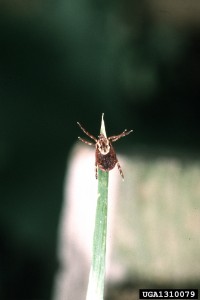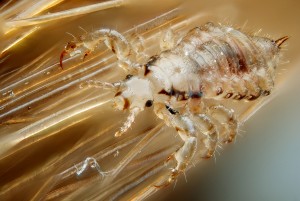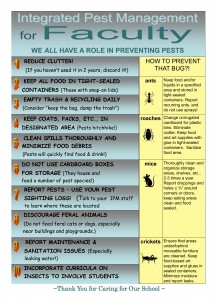This week, we celebrated National Healthy Schools Day, making it a good time to share some of the EPA’s resources. Their common-sense, voluntary guidelines help schools create a “holistic, comprehensive, and actionable strategy that integrates preventative measures and addresses environmental health issues by fostering well-maintained school buildings and grounds. Sustainable school environmental health programs promote environments that are conducive to learning and protect the health of building occupants. Successful school environmental health programs are best implemented and maintained by promoting awareness and participation among teachers, staff, and students.”
Here’s the five major components:
Practice Effective Cleaning and Maintenance. aka Green Cleaning… using products that have low volatility, neutral pH, no known carcinogens and are biodegradable.
Prevent Mold and Moisture, which not only affects building longevity, but can increase pests such as mites, roaches and rodents which also increase asthma and allergies.
Reduce Chemical and Environmental Contaminant Hazards. This is not just pesticides, but includes mercury, lead and PCB-containing products. Here’s a guide to help you recognize risks.
Ensure Good Ventilation. Indoor air can be two to five times more polluted than outdoor air and large populations of children might be more susceptible to indoor pollutants than the general population. The EPA uses ASHRAE national standards.
Prevent Pests, and Reduce Pesticide Exposure.
This sounds just like IPM to us!
For more on how each of these components fits in to an IPM policy in your school, visit the NYS IPM Program.




